We may earn money or products from the companies mentioned in this post. This means if you click on the link and purchase the item, I will receive a small commission at no extra cost to you ... you're just helping re-supply our family's travel fund.

Across the United States, Indigenous communities are rebuilding their food traditions with care and pride. These meals aren’t just delicious; they’re living lessons in resilience, ecology, and memory. From desert farms to coastal smokehouses, chefs and farmers are reviving ingredients that once fed nations. For travelers, the journey becomes more than a weekend escape. It’s a chance to taste continuity and see how flavor can hold both history and hope in a single bowl.
Minneapolis, Minnesota: Owamni and the Modern Indigenous Table
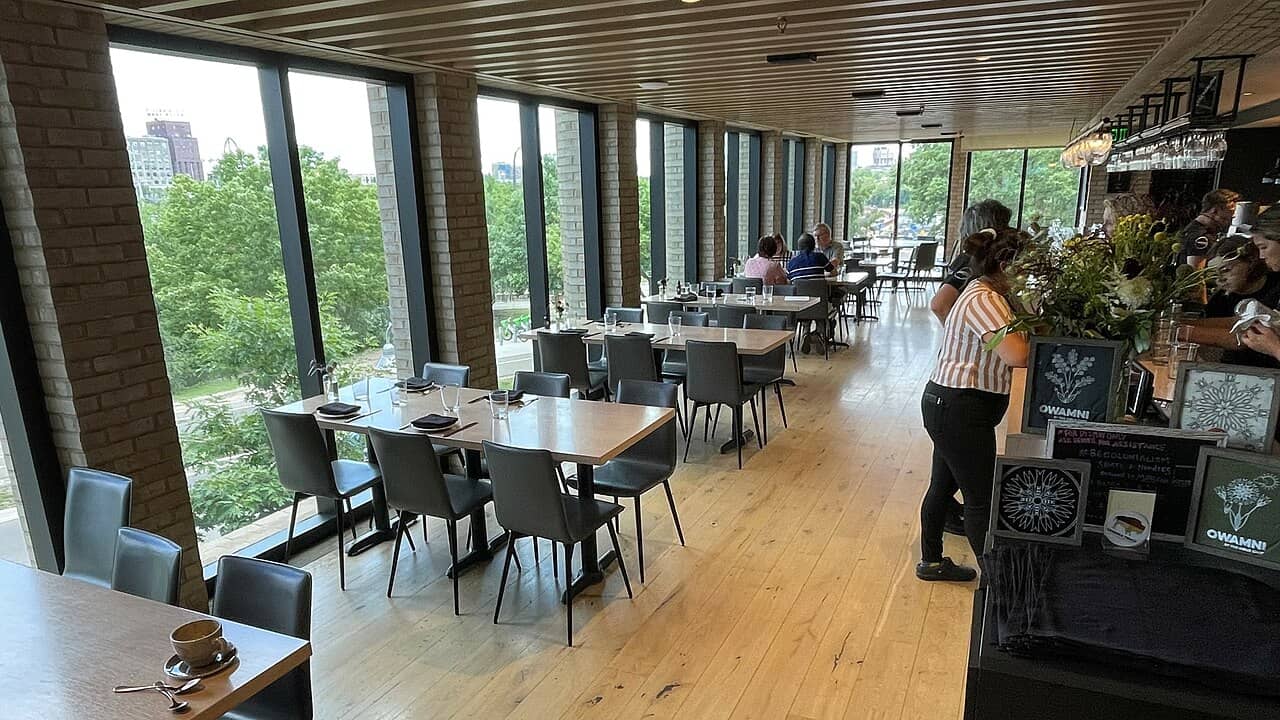
In Minneapolis, Owamni has become a landmark for Indigenous foodways. The restaurant focuses on ingredients native to the continent like wild rice, bison, corn, and berries while excluding colonial imports such as wheat and dairy. The menu is precise and deeply rooted, serving both education and flavor. Local farms and foragers support the kitchen, creating a network of Indigenous growers reclaiming the narrative around American cuisine. A meal here feels less like dining out and more like an act of remembering what the land once provided.
Santa Fe, New Mexico: Pueblo Traditions in Every Bite
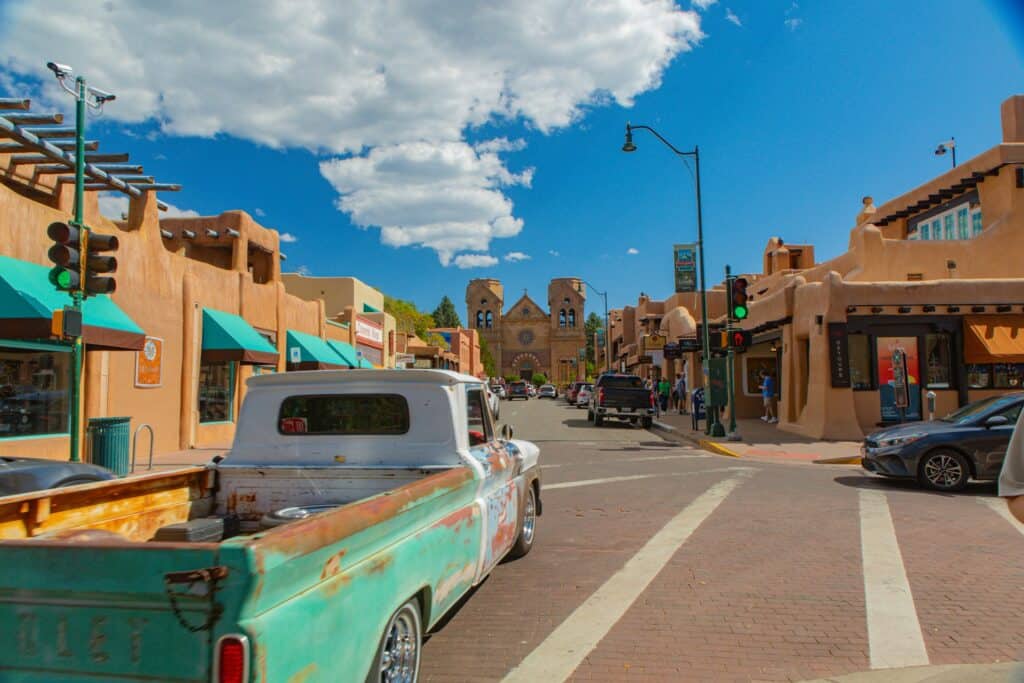
Santa Fe’s connection to Indigenous food runs deep. Pueblo communities surrounding the city have been growing corn, beans, and squash long before Spanish colonization. Markets and home kitchens still showcase these ingredients with quiet pride, from blue corn atole for breakfast to horno bread baked in clay ovens. The air fills with the scent of roasting chiles, and each bite tells a story of survival. Visiting during a feast day or harvest fair shows how food here is both celebration and ceremony.
Tucson, Arizona: Desert Wisdom and Seed Keepers
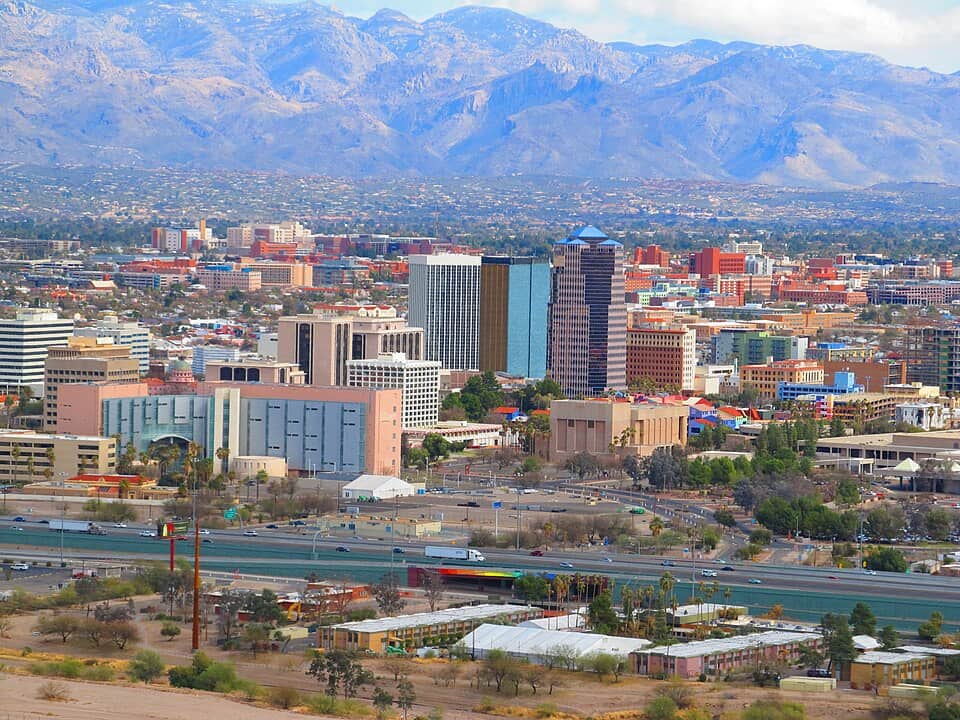
Tucson’s desert might look barren, but it has sustained Indigenous agriculture for thousands of years. The Tohono O’odham and their neighbors mastered the art of growing tepary beans, cholla buds, and mesquite pods that thrive in drought. The San Xavier Cooperative Farm keeps that wisdom alive, offering tastings and tours that show how survival can be both graceful and practical. Here, flavor becomes a teacher. It shows how patience and respect for the land can feed entire communities even in harsh conditions.
Albuquerque, New Mexico: Food Sovereignty and Living Culture
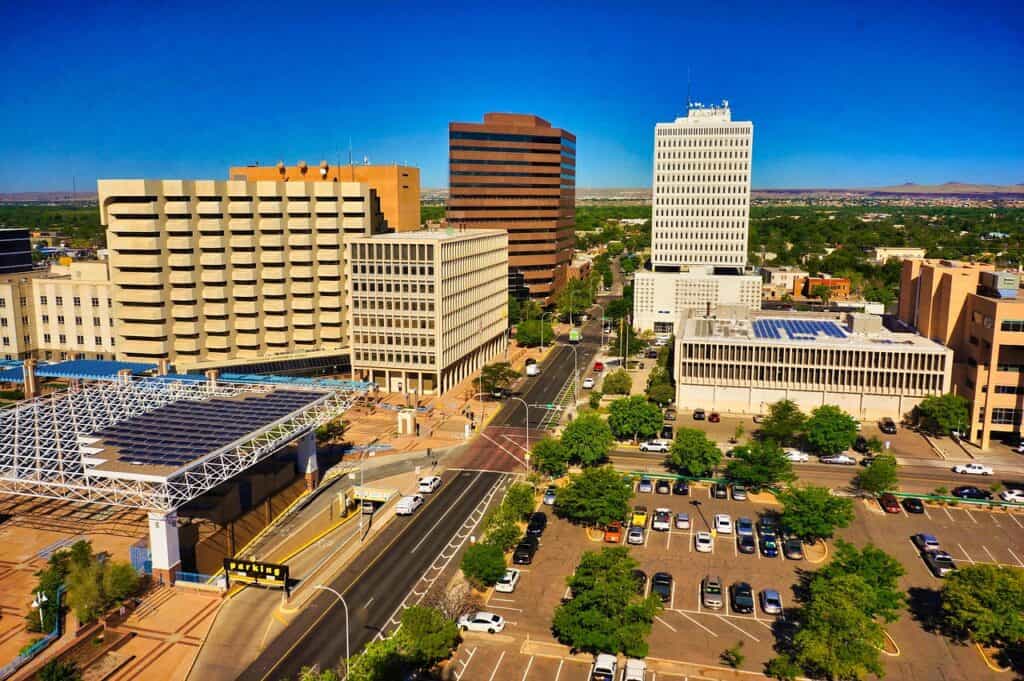
In Albuquerque, Indigenous food is as much about identity as it is about taste. The Indian Pueblo Cultural Center brings together 19 Pueblos through art, language, and cuisine. Dishes like green chile stew, bison tacos, and wild rice salads come with stories of origin and resilience. Chefs work with local farmers and elders to preserve food knowledge while sharing it widely. Meals here carry weight and purpose, proving that the act of eating can honor memory and strengthen community.
Cherokee, North Carolina: Gardens of Memory and Renewal
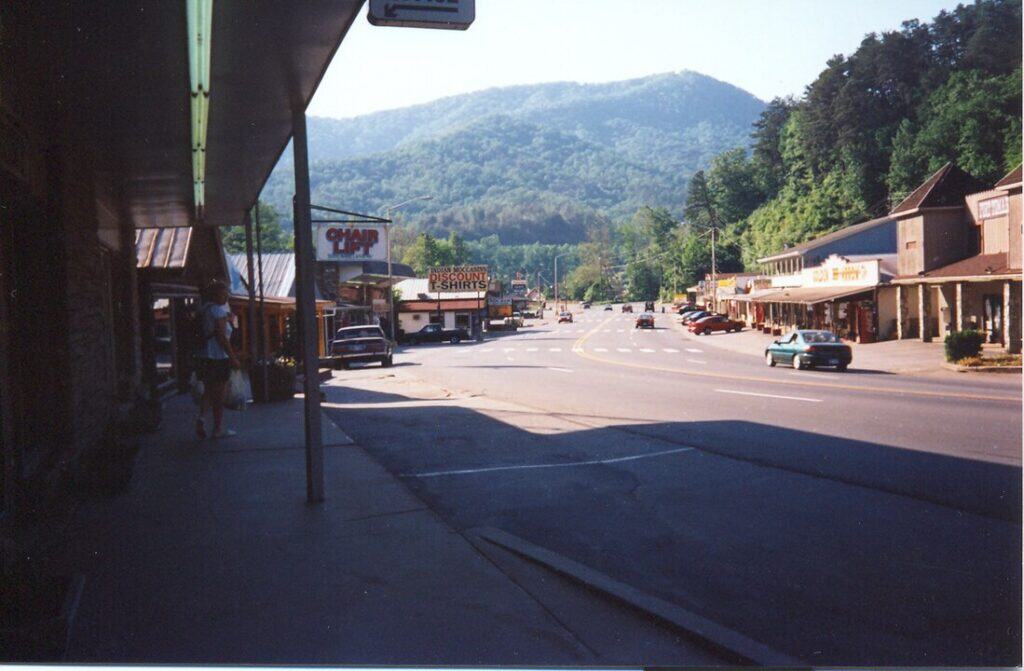
The Cherokee Nation’s bond with the land runs deep into its soil. In western North Carolina, heritage gardens grow white corn, pole beans, and squash from seeds passed through generations. These gardens are classrooms, teaching visitors about ancient farming methods and seed preservation. Meals cooked from these harvests speak of endurance and care. Sitting down to eat here feels intimate, like being invited into a story that never really ended but keeps rewriting itself each season.
Tahlequah, Oklahoma: Reviving the Cherokee Table

Tahlequah, the capital of the Cherokee Nation, is home to a food revival rooted in education and self-determination. Heirloom corn and vegetable strains once thought lost are now thriving again thanks to community seed projects. Workshops teach how to prepare ancestral recipes using both traditional and modern techniques. What’s happening here isn’t about nostalgia but continuation. The kitchens hum with purpose, proving that tradition survives not by staying still but by staying alive through adaptation.
Puget Sound, Washington: Coast Salish Tides and Tradition

Along Puget Sound, the Coast Salish people still live by the rhythm of the tides. Salmon, clams, and berries remain staples, harvested and prepared using time-tested methods. Travelers can join guided harvests or community salmon bakes that reveal how each meal connects to both ecology and ceremony. The food is simple but never plain, built on respect for balance rather than abundance. Every bite teaches what sustainability truly means when it’s inherited, not invented.
Sitka, Alaska: Harvesting from Ocean and Forest
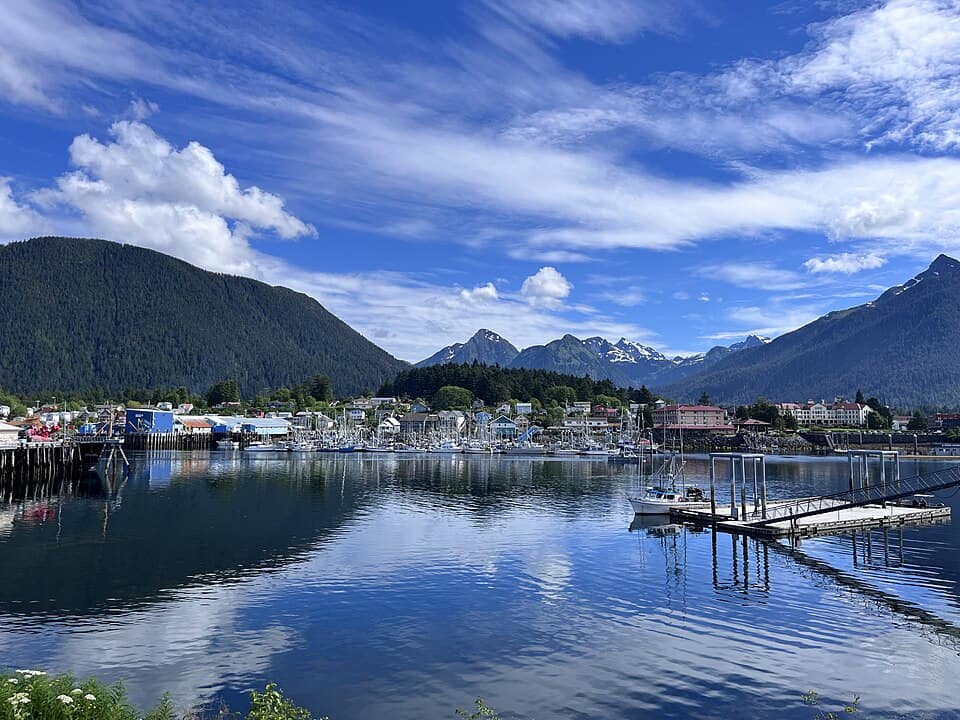
In Sitka, the Tlingit people live between forest and sea, drawing nourishment from both. Smoked salmon, seaweed, and wild berries define a cuisine shaped by the seasons. Tours and storytelling events open a window into how food, environment, and community intertwine here. Meals aren’t entertainment; they’re participation. Each bite links back to the tides, the trees, and the careful stewardship that has kept this landscape alive for centuries.
Navajo Nation, Arizona and New Mexico: From Corn to Community
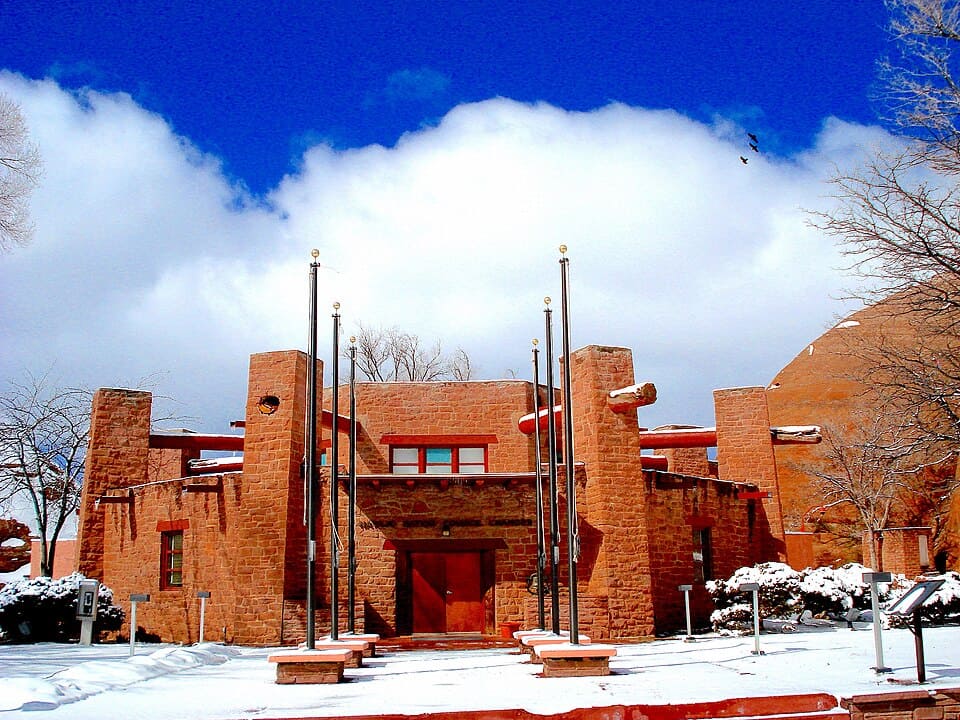
Across the Navajo Nation, food is at the heart of a broader cultural renewal. Blue corn, Navajo-Churro sheep, and native squash varieties are returning to family farms and markets. Farmers and chefs host pop-up dinners and workshops that blend traditional recipes with new techniques. Dishes like mutton stew and kneel-down bread represent both heritage and healing. Every shared meal strengthens the idea that food is sovereignty and that knowing how to feed oneself is an act of freedom.